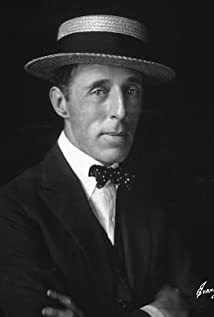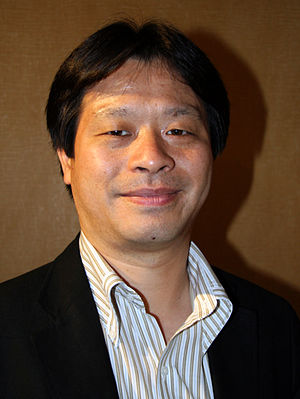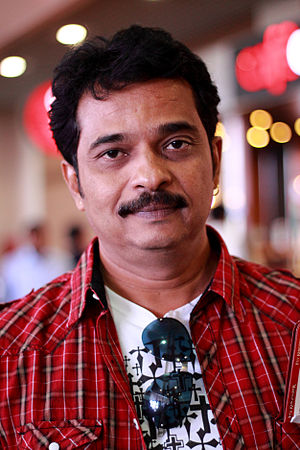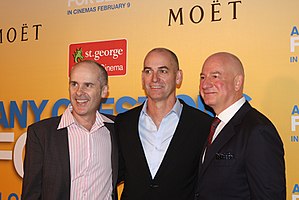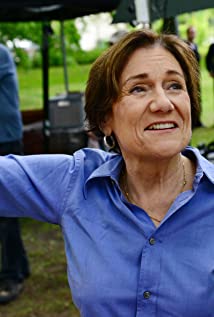D.W. Griffith
Popular As David Llewelyn Wark Griffith
Birthday January 22, 1875
Birth Sign Aquarius
Birthplace Oldham County, Kentucky, U.S.
DEATH DATE 1948-7-23, Hollywood, California, U.S. (73 years old)
Nationality United States
Height 5' 11" (1.8 m)
#14978 Most Popular


